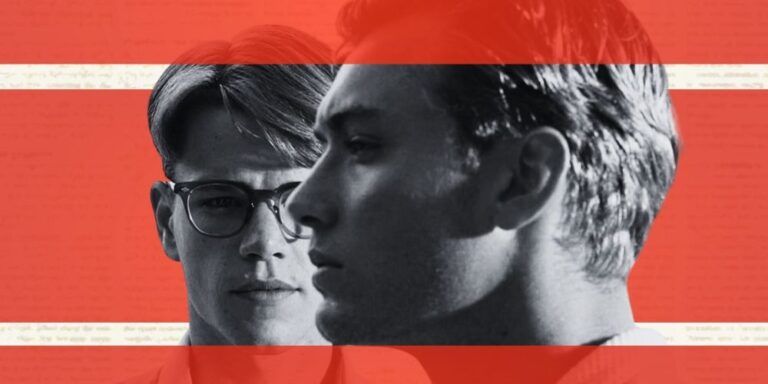Queerness and villainy have a long history of being conflated by mainstream entertainment, from Peter Lorre’s effeminate and threatening Joel Cairo in to the obsessed and manipulative Mrs. Danvers in Daphne du Maurier’s to, more humorously, the violent Lord Humungus from decked out in leather fetish gear, to the many queer-coded Disney villains, such as the Evil (Drag) Queen in to the preening Jafar in Originally, these queer-coded antagonists were molded to contrast mainstream heteronormativity; the straight cis-gendered heroes of these stories embody traditional ideas about gender and sexuality. On the surface, the villains aren’t explicitly queer, but they wear a cloak of queerness to imply a harmful false equivalency that being LGBTQ+ is morally dubious or, from another angle, that transgressing gender and sexuality norms indicates innate corruption or, perhaps, a moral weakness leading to greater evil.
If you grew up in the eighties and early nineties, as I did, it was difficult to find any positive queer role models in popular entertainment or books; few of these stories were within easy reach. So hungry were we for queer characters, we zeroed in on the flamboyant queer-coded villains, which despite the intention behind these characters, we embraced long before Disney seized the opportunity to capitalize on their beloved baddies and began franchising their origin stories. In doing so, they filed down their villains’ horns for mass consumption.

At first glance, t.
















